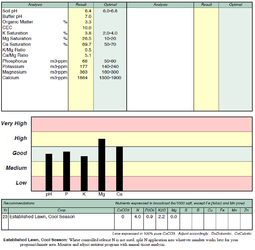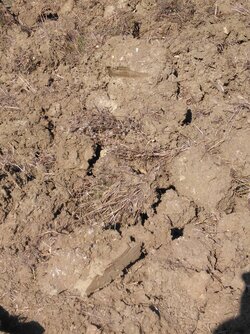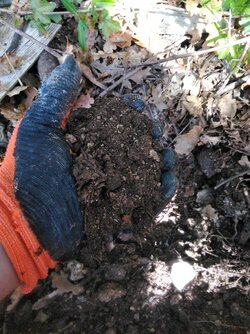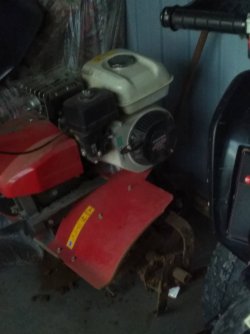Ashful
Minister of Fire
Not untrue, but the timescale for letting nature do it can be long, and most people want a lawn next year... not after they've moved and retired to Florida.pH is a logarithmic scale. Compost is neutral, so it will allow your trees to grow and they will slowly bring the regular soil right. Modifying soil is a losing battle for people. Nature has figured out how to do it though!
Here's my soil analysis from last year. I'm mostly down to just doing it each year in late February now, although I used to do it twice yearly, when I was first trying to get this place in shape.
You can see the analysis at the top, followed by recommended yearly totals at the bottom, all listed in lb. per 1000 ft2. In the USA, our fertilizers are labeled with their percentages of "N-P-K", meaning N, P205, and K2O, so there's just a bit of math to get from here to there, and a bit of knowledge to know how and when to break up those yearly totals. Local help is valuable, here.
If I had needed lime, meaning my pH was anything lower than 6.4, then it would have a number followed by a C or D. In my case, if my lawn were as acidic as yours, that Recommendations table would read "25C" under CaCO3.





